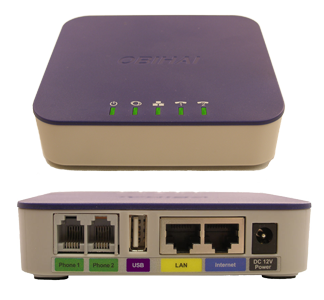Last month I wrote about callsign routing in a D-Star environment. I mentioned that it is possible to create your own Starnet routing group for you and your friends to chat on. If you’re running Pi-Star, here is how to do it.
On the Pi-Star Expert Editors menu, select ircDDBGateway. This component (written by G4KLX) of the Pi-Star distribution contains the Starnet server. Starnet uses callsign routing to set up a group which can be subscribed to by any valid user on the same network. In this case, we’re using the default network run the the QuadNet team (rr.openquad.net).
You’ll have to pick a name for your group. The ideal Starnet group name is not a valid call sign and is 6 characters long. This leaves room for a space and a subscribe/unsubscribe character. So it looks like this:
MYGRUP -- Group name
MYGRUP A -- Subscribe to MYGRUP
MYGRUP T -- Unsubscribe to MYGRUP
In the ircDDBGateway config, you’ll need to change the following:
starNetBand1 A
starNetCallsign1 MYGRUP A
starNetLogoff1 MYGRUP T
starNetInfo1 What my group is about
You’ll see some other Starnet options but it is ok to keep the defaults for now. Once you know what you’re doing you can tinker further. You can even setup multiple groups. There is also an option to link your Starnet group to a reflector, but please do not do so without the permission of the reflector operator. But if you want to test this, you can try XRF020E, which I have reserved for experimentation.
Note: The address of XRF020 is not yet current in the Pi-Star file listings, so until it is updated you’ll have to manually edit /root/DExtra_Hosts.txt with the following:
XRF020 xrf020.k2dls.net L
Once you see your group listed in the QuadNet directory under Legacy STARNet groups, you can set your D-Star destination call (URCALL) to MYGRUP and chat away. Just remember that MYGRUP is an example only, and you’ll need to pick your own unique name that is not already in use.
You’ll also likely have to forward port 40000 (the ircDDB port) on your router to the internal address of your Pi-Star installation.
It may not be like having your own private repeater, but for many D-Star hams, it is the next best thing.
73


